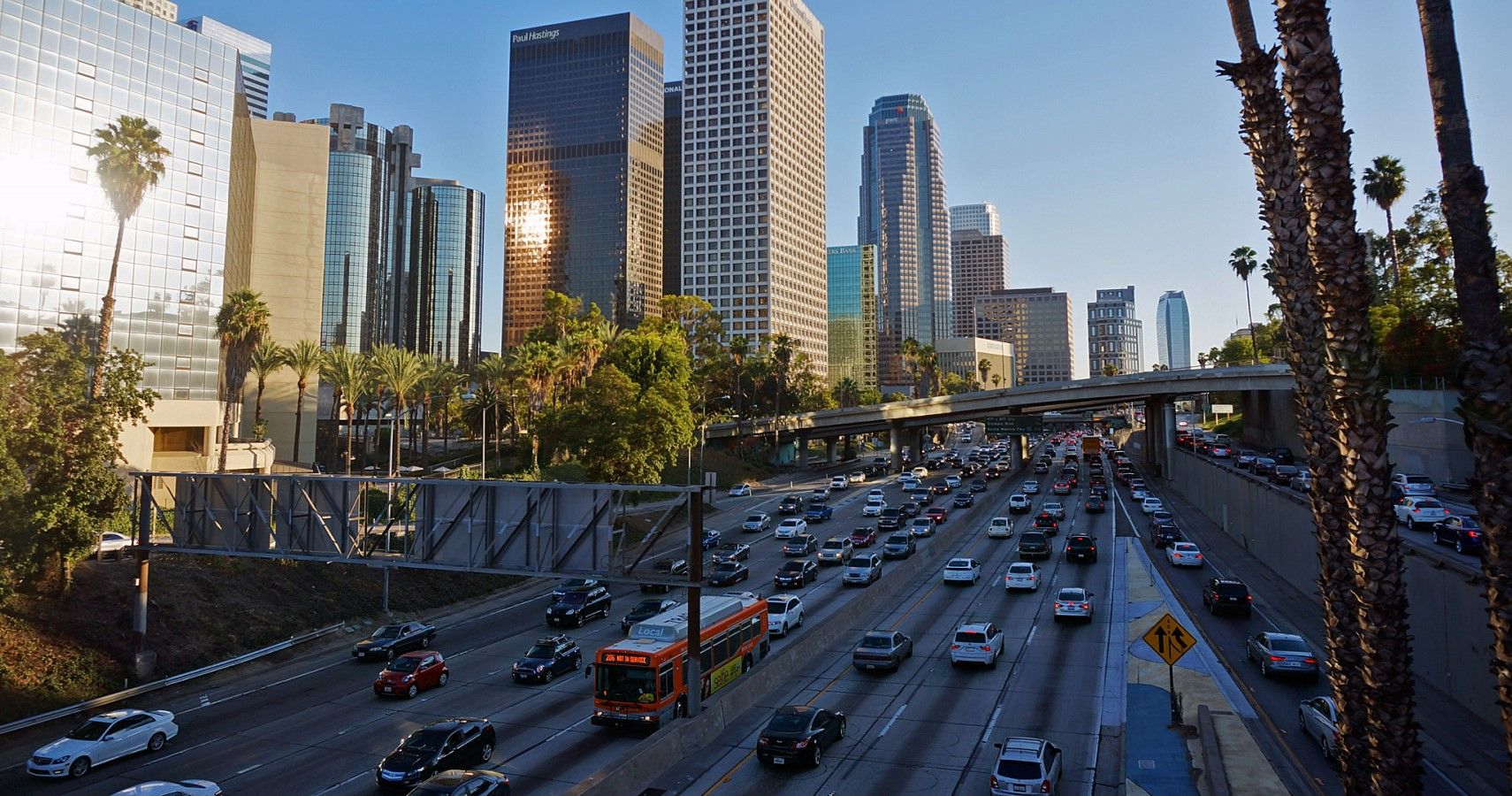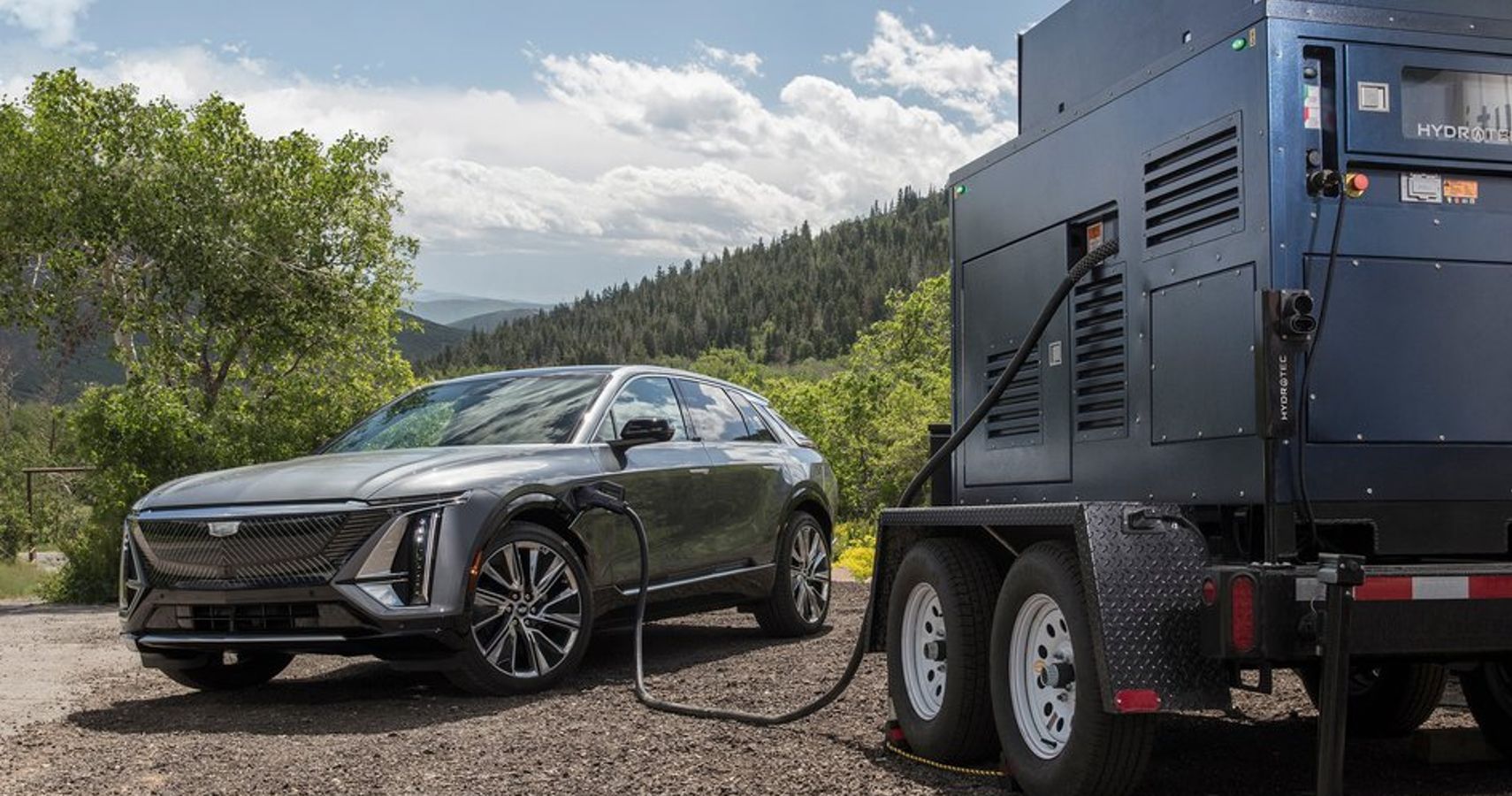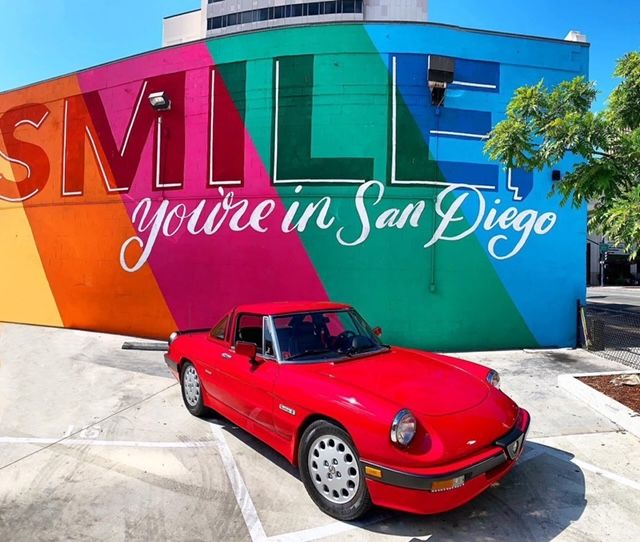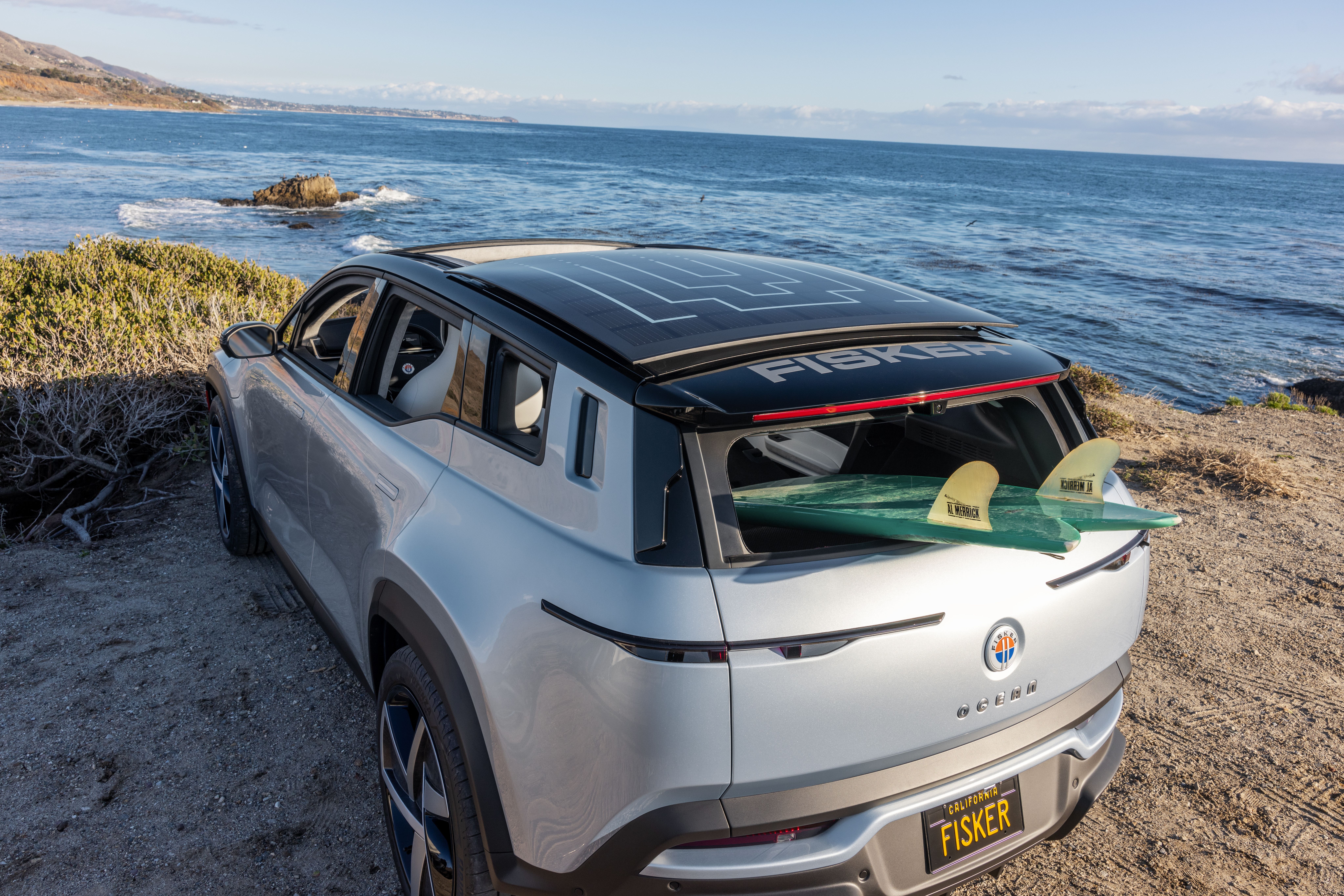If you haven't heard already, the California Air and Resources Board (CARB) approved a monumental regulation this past week. By the year 2035, all manufacturers in California will no longer be able to sell vehicles solely with Internal Combustion Engines (ICE). Meaning in just twelve years you will not be able to purchase a brand-new car with a gasoline-powered engine.
These unprecedented regulations were first introduced in 2020 by Governor Gavin Newsom, to tackle climate change by reducing carbon emissions. This ground-breaking news is reverberating across the country with polarizing opinions. There are many questions, concerns, and doubts as the world prepares for the impending transition to an all-electric-vehicle (EV) future.
When significant change looms, there are always early adopters and there are always skeptics. The reality is, that electric cars are coming just as Winter was coming in Game of Thrones. California is preparing itself to lead the charge as the first State to show the rest of the world that an EV future is imminent.
Is There Enough Infrastructure To Support EVs
The argument you hear most often is how will California's power grid handle the influx of electric vehicles on its roads. The most populated State in the U.S with almost 40 million residents is already dealing with an energy problem. Besides water, energy is another scarce resource that Californians are subjected to conserve to reduce the risk of wildfires caused by electric infrastructure.
California's residents are already familiar with reducing energy consumption for the betterment of their State. For example, San Diego Gas and Electric (SDG&E) rewards its customers with power-saving bill credits. They reward residents who consume less electricity during the Summer months between 4:00 pm-9:00 pm.
Participants earn an incentive of $2 for every kilowatt (kW) they conserve. Expect California to introduce similar incentive programs that encourage energy conservation throughout the State.
Impact On Classic Cars By The Ban
To make things clear, the ban only affects the sale of new cars being sold; it will not impact any existing cars. Smog has been a major problem in California for decades, creating increasingly strict emissions testing throughout the State. For those of you unfamiliar with the term, smog is that dark-colored soot that is sometimes seen hovering like clouds in the Los Angeles sky.
It is caused by air pollutants mixing with gases from the exhausts of ICE cars as well as other places that burn fossil fuels. Automobiles manufactured after the year 1975 are required to pass stringent smog tests every two years to be registered in California. The California Air and Resources Board has continued to tighten these regulations making it tougher for gasoline-powered cars to remain on today's roads.
Other states have followed suit and implemented similar emissions testing to achieve cleaner air quality for their residents. CARB's goal is to achieve zero emissions, which means smog tests will only become more difficult to pass. This could be disastrous for collectors living in the state that is renowned for being the classic car capital of the world.
California can implement a similar rule as it did in 1975, where registered classics can be grand-fathered in and not be affected by more rigorous smog tests. This would keep classic car collectors happy and refrain owners from registering their vehicles in other states; ultimately losing California money.
Fewer ICE cars will exist naturally due to attrition, the ones that do survive will only become more valuable as time passes. As supply diminishes, demand will increase, which means you should begin thinking about purchasing a classic before it's too late.
Still A Long Road Ahead To An All-Electric Future
There is always a transition period with everything in life, especially when it comes to transportation. At the turn of the 19th Century, most families who traveled by horse and carriage were reluctant to purchase a steam-powered car. Later, when the internal combustion engine was invented, there were certainly more skeptics than early adopters.
The ban on ICE cars will be gradual, requiring 35% of new car sales to be electric in 2026 over 50% by 2028, and 100% by 2035. The shift to an all-electric future will require motorists to first see the benefits of an EV without having to sacrifice much. To help gain the buy-in of many future apprehensive customers, manufacturers can sell 20% of their lineup as Plug-in Hybrids.
By 2035, Plug-in Hybrids (PHEVs) will have to increase their battery capacity since most PHEVs only get about 30 miles on a single charge. PHEVs are a great way to bridge the gap for new car buyers who want to continue using ICE cars but still receive the benefits of an EV. The average cost of an EV in California is $66,000. If California is expecting every new car purchased to be an EV; then EVs will need to be affordable.
Fisker, an EV startup, unveiled its electric crossover, the Ocean, starting at $37,500. Fisker's first SUV will begin production by the end of this year. It will come equipped with all the latest tech (including California mode) and have a range of up to 350 miles. Innovation will allow EVs to be offered at more affordable prices, you remember what desktop computers used to cost in the nineties?
Thanks to the catalytic converter most modern cars have been able to reduce their carbon emissions tremendously. However, California has now set the standard for a zero emissions future. Hopefully by 2035 enthusiasts in the Golden State will still be able to enjoy their antiquated gas-powered vehicles.
Sources: California Air and Resources Board, Fisker, General Motors




